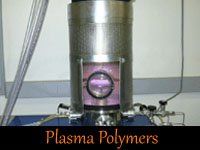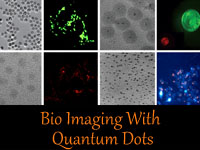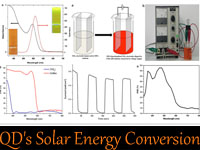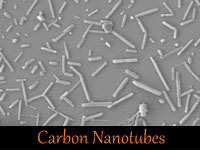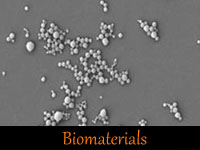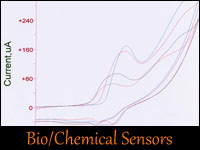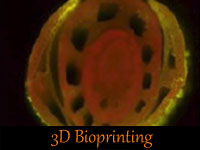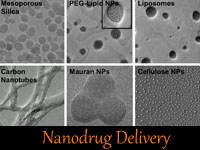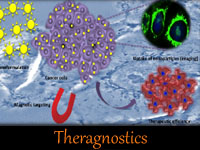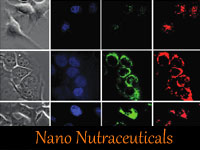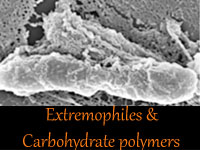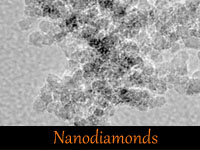


Plasma Polymers
Plasma polymerization, the formation of polymers under the influence of plasma, yields materials that are vastly different from conventional polymers. Polymers formed by plasma polymerization demonstrate unique chemical and physical properties. Plasma polymers are pinhole free, amorphous, hard, tough, insoluble in organic solvents and resistant to high temperatures. The unique properties result mainly from the chemical structure of the plasma polymer chains, which are highly cross-linked and branched. Nowadays the plasma polymer films find application in wide variety of fields such as solar mirror protective coatings, anti-reflection coatings, thin film capacitor materials, humidity sensors, and biomaterials and so on.
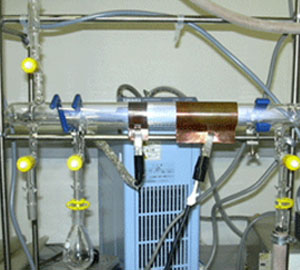 | 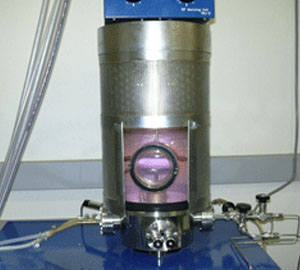 |
Tubular Reactor | Bell-Jar Type Reactor |
For tailoring plasma polymer materials in different uses in the electronic industry it is essential to characterize electrically (conduction mechanism, dielectric properties etc.), optically and structurally.
I have developed and characterized many plasma polymers from furan, pyrrole, citral, gernaiol, acetobromoglucose, glucose, CoTPP, CuTPP, MnTPP and natural oils such as Lemongrass oil, Eucalyptus oil etc. From my studies I found that some of the plasma polymers are very good for the application as dielectric materials and found Schottky conduction mechanism predominates in the polymer films of pyrrole and furan.
I am using radio frequency plasma (13.56 MHz) for polymerizing monomers and uses two kinds of polymerization apparatus 1. Tubular reactor and 2. Bell-jar type reactor. For characterization of plasma polymers I am employing UV-VIS, IR, ESCA, AFM, SEM and some electrical characterization experiments.
Selected publications
- Plasma polymerized polyethylene glycol ? highly bio compatible material to modify the surface of bio materials devices (Poster)
D.Sakthi Kumar, A.Shoji, YasuhikoYoshida
The 20 th symposium on plasma science for materials, Noyori Conference Hall Nagoya, Japan, June 21-22, 2007 -
Plasma Polymerization of Manganese Chloride Tetraphenylporphyrin and Evaluation of the Thin Film?,
A. Shoji, Naoya Tsukada, D. Sakthi Kumar, Kunihiro Kashiwagi, Y. Yoshida
Journal Photopolymer Science and Technology, 20(2) (2007) 241-244. -
Optical and electrical characterization of plasma polymerized pyrrole thin films
D. Sakthi Kumar,K.Nakamura, S. Nishiyama, H. Noguchi, K. Kashiwagi, Y. Yoshida
Journal of Applied Physics 92(5) (2003) 2705 - 2711. -
Electrical and optical properties of plasma polymerized eucalyptus oil thin films
D. Sakthi Kumar, K. Nakamura, S. Nishiyama, H. Noguchi, K. Kashiwagi, Y. Yoshida
Journal of Applied Polymer Science 90 (4) (2003) 1102 - 1107.


